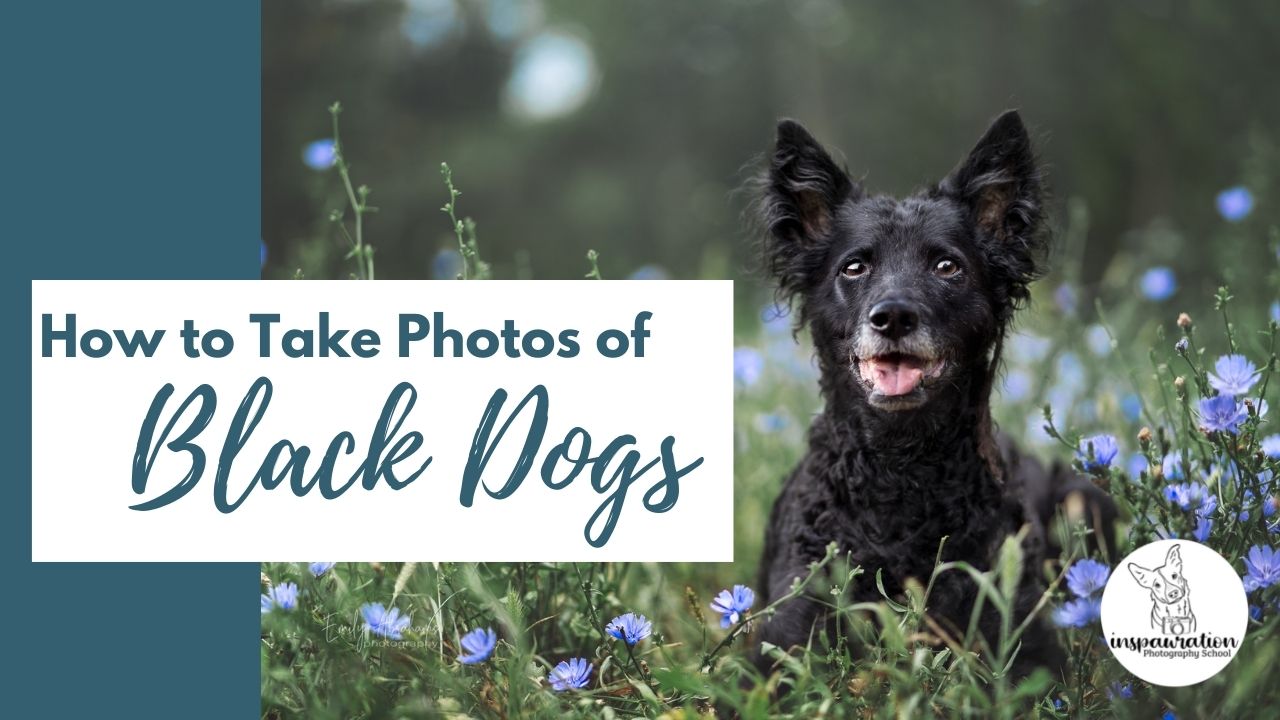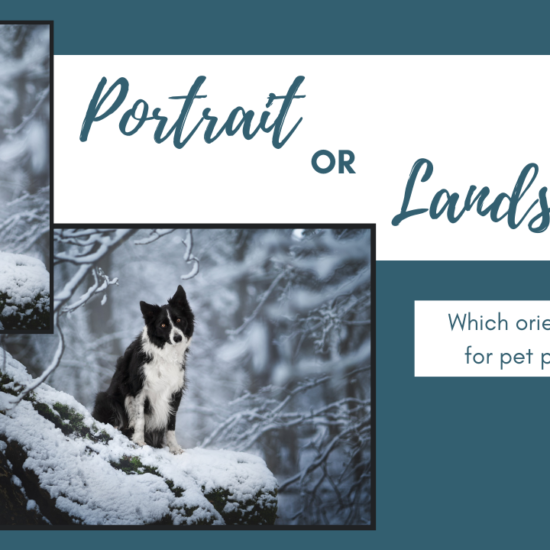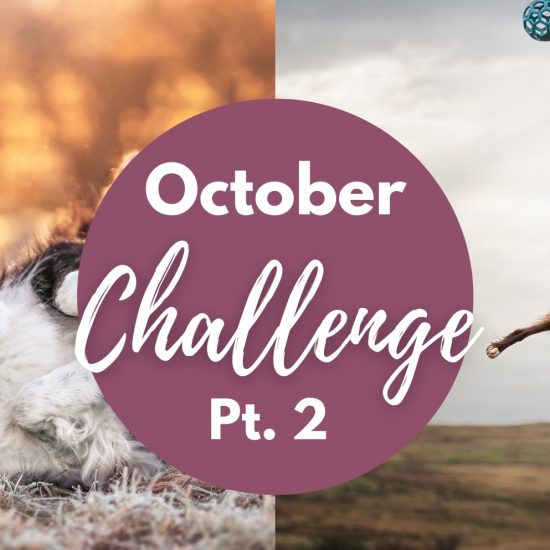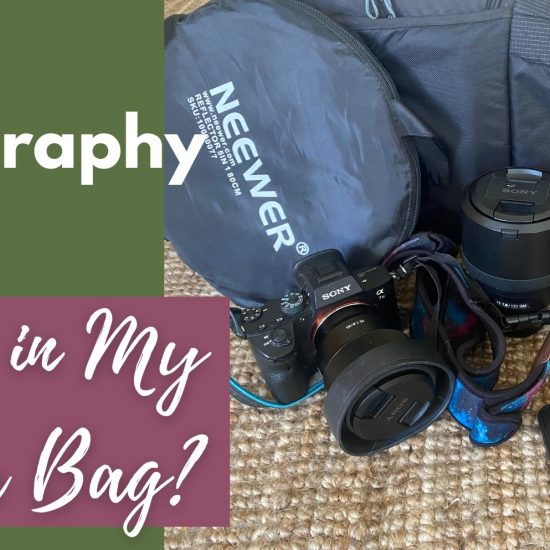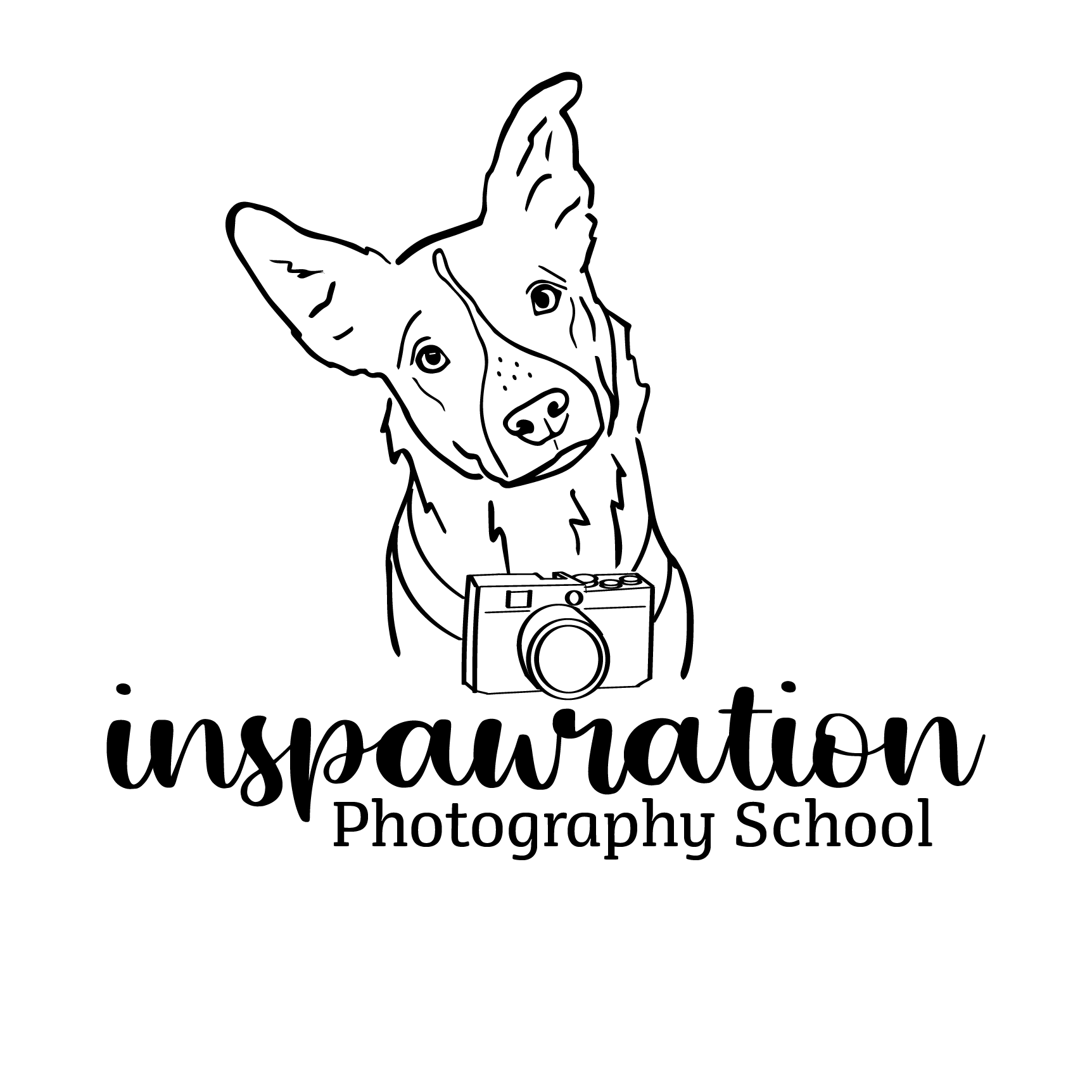Black dogs can be really challenging to photograph! Why are they so shiny? How do you make sure to actually see their face? Whether you’re taking photos of your black labrador with your phone, or trying to capture great memories of your border collie, here are my Top 9 Tips for photographing black dogs.
1. Avoid harsh light
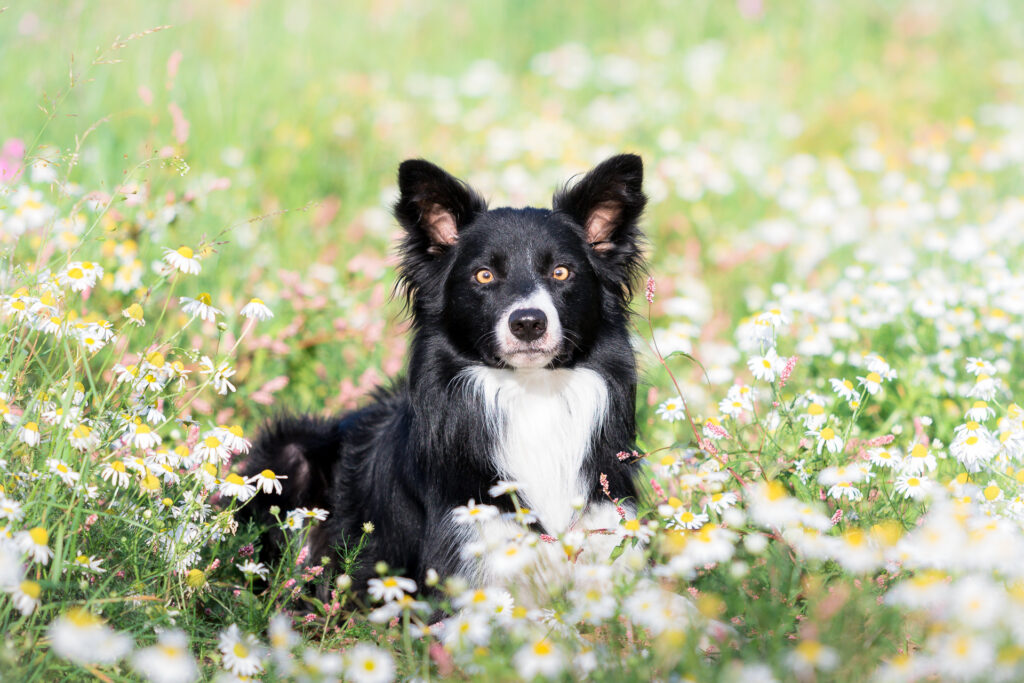
This is one of the most common complaints of black-dog owners. Whenever they try and take photos of their dogs, they’re super shiny! Blindingly shiny! Or, the shadows on parts of them are so strong, it’s impossible to edit.
The first thing I do is ask: are you taking photos in the full, harsh sun?
The answer is usually yes.
Although it can be tempting to take photos of black dogs in full sun, to try and bring out the depth of colour in their coat, you need to be aware that it brings about some potential issues in your photos. For example, in full sun you get a lot of contrast (very dark darks and very bright highlights) in the dog and a whole bunch of shine in the dog’s coat.
You also need to be careful with the dog’s positioning and posing and your own as full sun casts some strong shadows, and you don’t want your pretty photos to be ruined by a particularly stupid looking shadow! Especially since these shadows on black dogs tend to be pure black vortexes.
Some people really like the shiny look of a dog’s coat, but personally I much prefer soft, flattering light.
2. Consider the Light Direction
If you do have to take photos of your black dogs when the sun is out, either point them directly into the sun, like Dice in the photo above, so their face is evenly lit without any crazy shadows.
Otherwise, try taking photos with the sun somewhere behind the dog, or behind some trees and foliage, like the photo of Sixx below.
Both these options will avoid those crazy shadows from side light or partial side light.
3. Get enough light on the face.
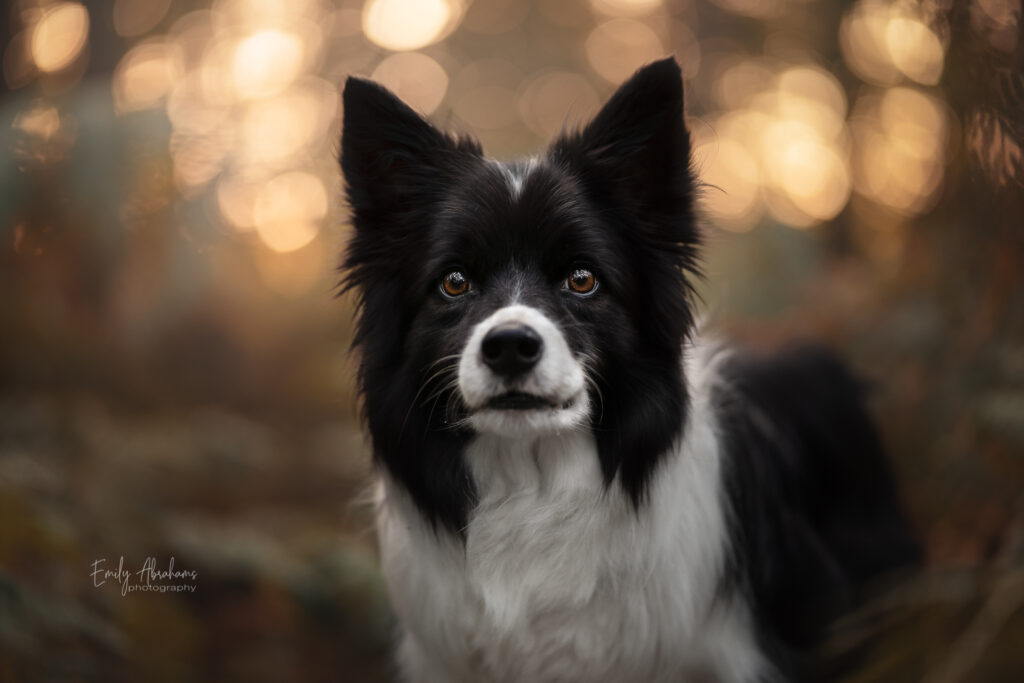
So you’re probably thinking, if I can’t take photos in the full sun in bright light, then how do I make sure you can even see the details on my dog in the photos?!
Well, most of the time a cloudy day or a spot in the shade will provide enough light to still get all the important features of your dog, without any weird shadows or unflattering shiny coats.
Especially deep shade within a deep forest could prove problematic in terms of light, or your camera (or phone!) may have to compensate to properly expose the dog, but if you’re wanting to get that deep-dark forest look, you can still find a spot on the edge of the woods, eg. on a path or the road, and make sure the dog’s face gets enough light while still getting the forest vibes you were looking for.
The photo above was taken in the woods, with a patch of open sky directly overhead and slightly behind me. The sun was behind Sixx, and yet she still got enough light on her face from the sky to create this photo. You do not need the sun shining on the dog’s face to get enough light!
4. Pay attention to your backgrounds
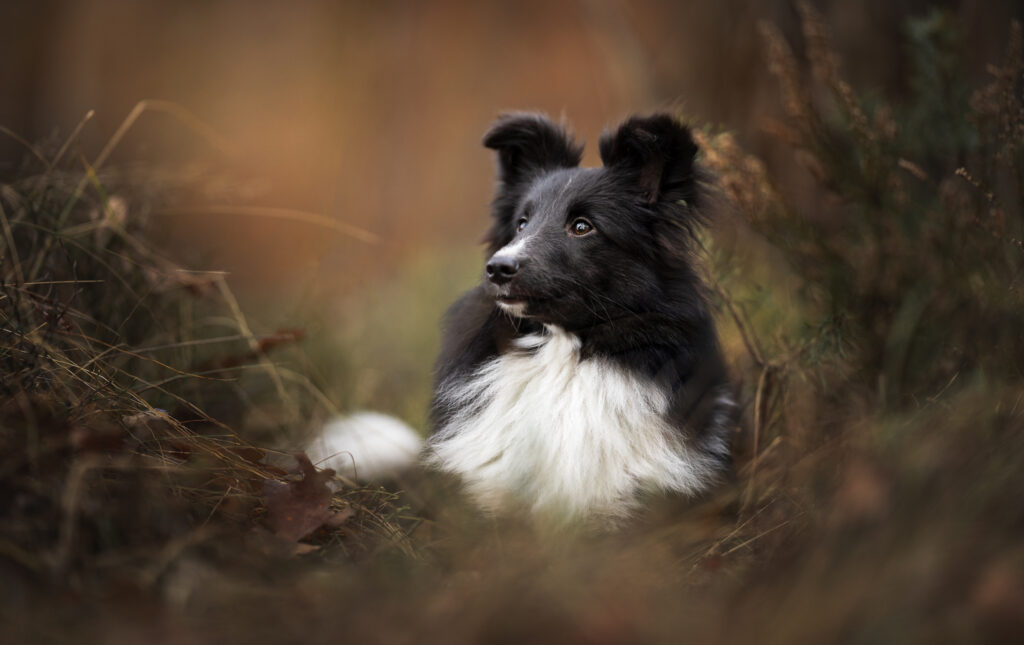
Be smart about choosing your backgrounds! Your dog is black so if you put it in front of dark backgrounds you are going to have a harder time making it the centre of attention in your photos.
At the same time, putting them in a totally bright and light scenario is going to see them “drowned out” by their surroundings.
Try and find a mid-range spot to pose your black dog in front of. Not too dark, not too light.
And as always, be considering your backgrounds in general! Is it pretty? Is it busy? Are there bins, chainlink fences or ugly elements?
5. Raise shadows in editing
One way that you can easily bring back the detail in your black dog’s face and body in editing is to raise the shadows in the editing tool of your choice.
This doesn’t come without its pitfalls though, when raising the shadows too much, the dog’s coat can quickly become a kind of “washed out grey” without contrast, which is when you know you’ve raised up the shadows too much!
Make sure your black dog stays black. Don’t be afraid of them looking black. They are black, after all (and that’s why we love them).
6. Try silhouette photos!
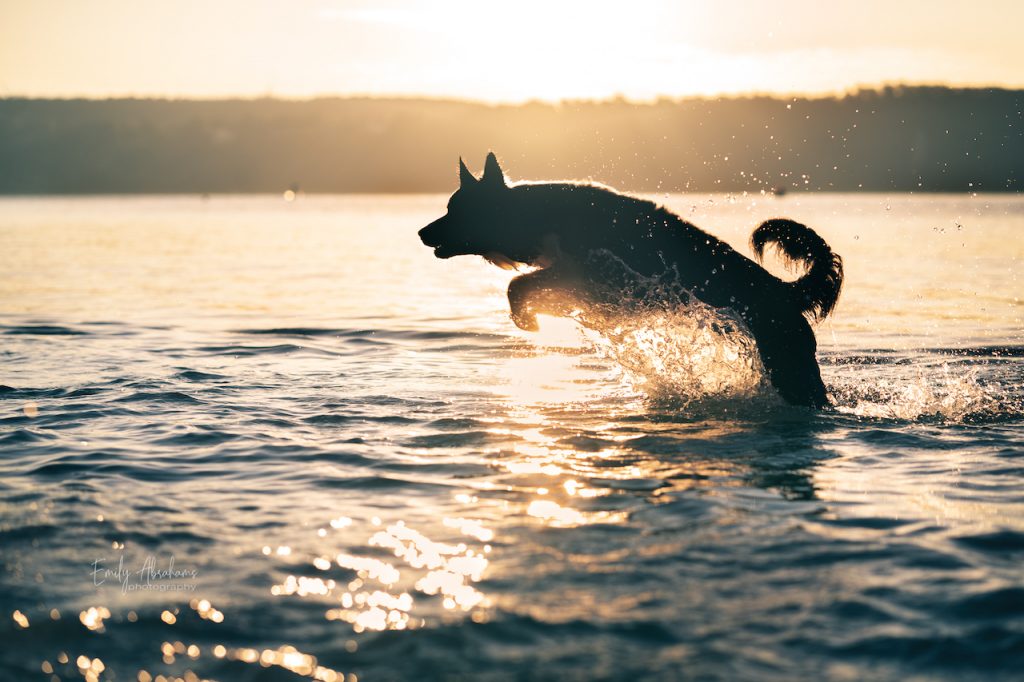
Since your dog is already black, it is really easy to create some stunning silhouettes!
You need only find a good location with bright open sky behind the dog and wait for an interesting sunset/or sunrise, adjust your camera settings or lower the exposure on your phone’s camera so that the dog is black and the sky is detailed, and then think of some interesting poses, to make your silhouette shots stand out from the crowd!
7. Get enough light on the face & eyes!
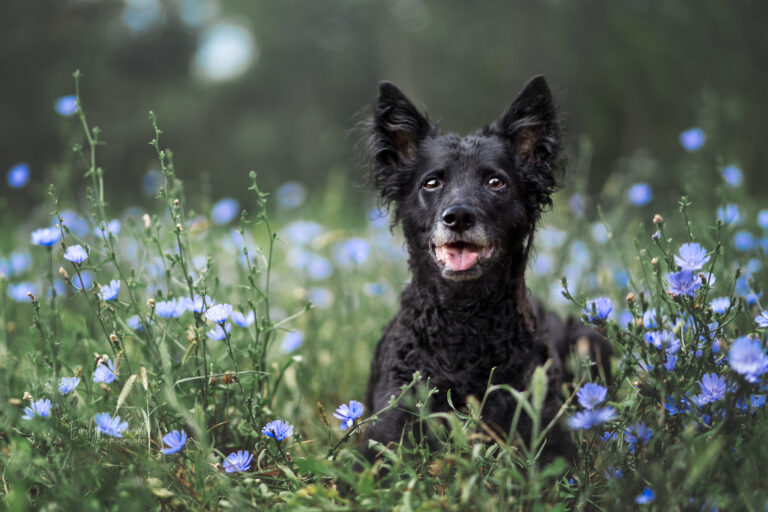
Just in case you hadn’t been paying attention, the most important thing when taking photos of a black dog is making sure their face is evenly lit and getting enough light.
With black dogs that have very dark eyes it’s especially important that you really make sure they face the light (even just the open sky!), which is the only way they will get the catchlights in their eyes which in turn make them look more alert and awake. This is the way you make sure they don’t have black voids for eyes because enough light and the catchlights will provide at least a bit of texture.
For some dogs, you might need to get them to tilt their faces upward a bit more in order to get catchlights on their eyes.
8. Take control of your camera with manual exposure
This one only applies to people that are shooting with a camera that provides full control over your settings in manual mode. Although, making decisions about how bright or dark your photo should be even on your phone can be a useful thing to do.
Having full control over your camera settings is especially important with black dogs, because they are so dark that often cameras will analyse the scene (black dog) and decide that it is too dark and decide to bring up the exposure.
This could result in an overexposed background and blown highlights that are hard to fix in editing.
Otherwise, cameras can choose settings that are too slow, resulting in blurry dogs when they move slightly, or in settings where the background has a lot of detail – meaning our black dog can get lost in all that “stuff” happening behind them.
Obviously, as always, the exact settings will depend on the scene, but if you want to learn more about the mysteries of exposure, camera settings and many more, there’s a whole course on Mastering Your Camera for pet photography included in the Learning Journey! It’s been so fun seeing my students bravely step off auto-mode since signing up.
9. Adjust the White Balance in Editing
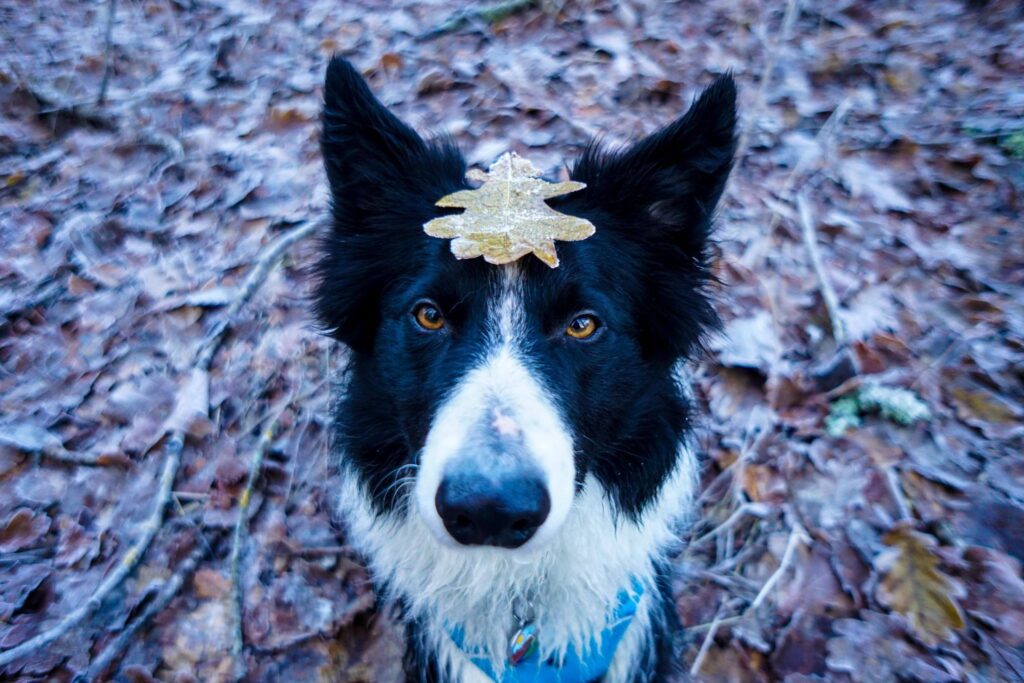
Because of the nature of the black dog’s coat their coats tend to reflect a lot of colour casts (light and colour bouncing around from the environment), most commonly blue casts from the blue sky.
One way you can keep your dog black and not have them look blue, like a smurf, is to correct the white balance in the photo editing tool of your choice.
You can check if your photo has any colour casts by turning up the saturation and if you see a lot of blue on your dog’s coat where it shouldn’t be (because your dog is black) adjust the white balance and simply get rid of the blue undertones.
There’s plenty of other things we can do in editing (we go over all of it in my Beginning and Creating Editing courses!) but fixing the white balance is super important!
Black dogs aren’t difficult!
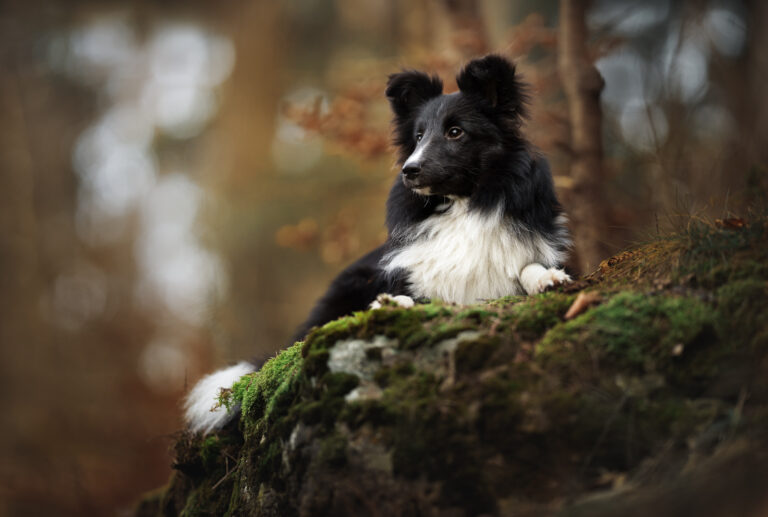
And that’s it!
There’s really no fancy trick or anything crazy that you have to do! It really all comes back to being aware of, and conscious in using light, making sure there’s enough of it, and that it’s going in the right direction.
A couple of editing tips to help your black dog look his best, and learning to use your camera settings and find good mid-tone backgrounds to complement your black beauty.
So remember, to take beautiful photos of your black dog in their next photoshoot, try to:
- Avoid full, harsh sunlight
- Be aware of the direction of the light – try having it shine directly on the face, or be behind the dog
- Get enough soft, even light on the face
- Pay attention to your backgrounds
- Raise shadows in editing
- Try silhouettes
- Get enough light on the face and eyes
- Learn how to use your camera in manual exposure mode
- Adjust the white balance in editing
If you want to learn more about taking photos of black (or any colour!) dogs, make sure you check out the Learning Journey. Not only do we have a huge topic just on photographing black dogs, there are multiple editing tutorials featuring black and black and white dogs, and hundreds of other lessons that will take your photography (for black, white, or coloured dogs!) to the next level.

